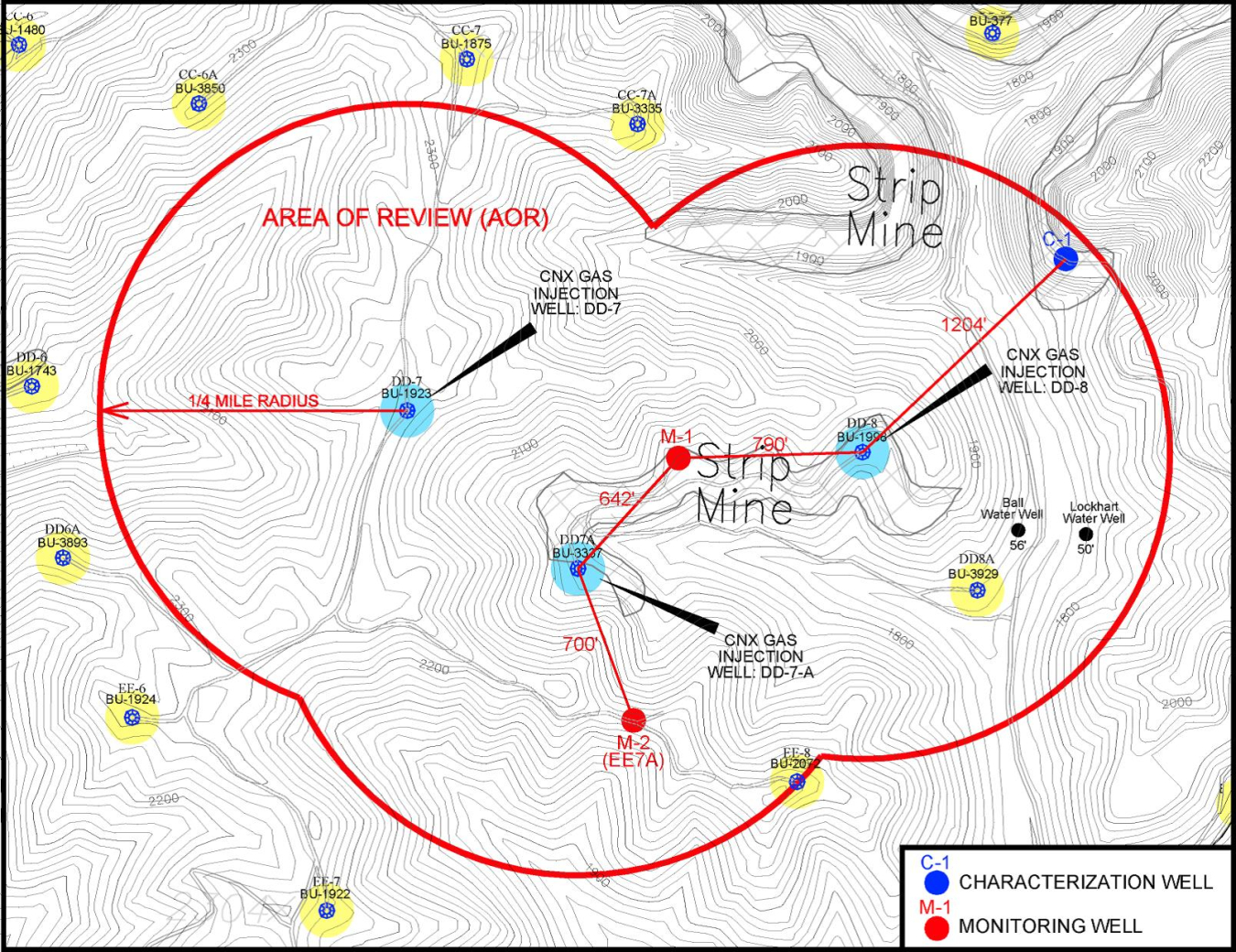Researchers from the Virginia Polytechnic Institute and State University (Virginia Tech) have teamed with the National Energy Technology Laboratory (NETL) on a multi-part project to investigate the feasibility of injecting captured carbon dioxide (CO2)...
Hydrocarbons and Geothermal Energy Office
October 20, 2015
Researchers from Virginia Tech are injecting CO2 into coal seams in three locations in Buchanan County, Va., as part of an NETL-sponsored CO2 storage research project associated with enhanced gas recovery.
Researchers from the Virginia Polytechnic Institute and State University (Virginia Tech) have teamed with the National Energy Technology Laboratory (NETL) on a multi-part project to investigate the feasibility of injecting captured carbon dioxide (CO2) into organic-rich rocks, deep underground, to permanently store the greenhouse gas while simultaneously recovering natural gas.
Organic-rich sedimentary rocks, such as shale and coal, consist of nondecayed organic tissue from plants and animals preserved in underground deposits. Over time, natural gas becomes trapped in their pores. This summer’s large-scale research is testing the use of CO2 captured from fossil-fuel-powered power plants and industrial facilities to force the natural gas out of the rock pores and to the surface, while keeping the injected CO2 stored safely underground and out of the atmosphere.
The resulting natural gas could find its way to market for traditional uses.
As part of its research with NETL, Virginia Tech’s Virginia Center for Coal and Energy Research (VCCER) initiated the injection of up to 20,000 tons of CO2 into a coalbed methane field in Buchanan County, Va., in early July. The research team will be using a state-of-the-art monitoring, verification, and accounting program to monitor the site and collect data as CO2 is injected into the coal seams. The technologies include—
- A supervisory control and data acquisition (SCADA) system linked to three injection wells equipped with multiphase flow meters and three dedicated multi-zone monitoring wells with surface and downhole pressure and temperature gauges.
- Gas and water production and quality monitoring at 20 off-set production wells.
- A buried array of 28 geophones for passive microseismic monitoring.
- Time-lapse geospatial monitoring, including global positioning system (GPS) and interferometric synthetic aperture radar (InSAR) surveys.
- A sophisticated tracer monitoring program to track the CO2 plume.
This summer’s coalbed-methane test follows a series of enhanced gas recovery experiments conducted by VCCER in the Chattanooga shale in Morgan County, Tenn. That research yielded positive results indicating that enhanced recovery of natural gas liquids on a larger scale should be pursued.
The NETL-VCCER project, initiated in 2011, builds upon earlier coalbed carbon-storage tests conducted in Appalachia by the Southeast Regional Carbon Sequestration Partnership, one of seven partnerships in the Energy Department’s Regional Carbon Sequestration Partnerships initiative. Each partnership is tasked with determining the best geologic storage approaches and applying technologies to safely and permanently store CO2 for their specific regions.
Additional details about the NETL-VCCR project are available on the project webpage. More information about NETL’s Carbon Storage Program, as well as its Carbon Capture Program, can be found on the NETL website.

